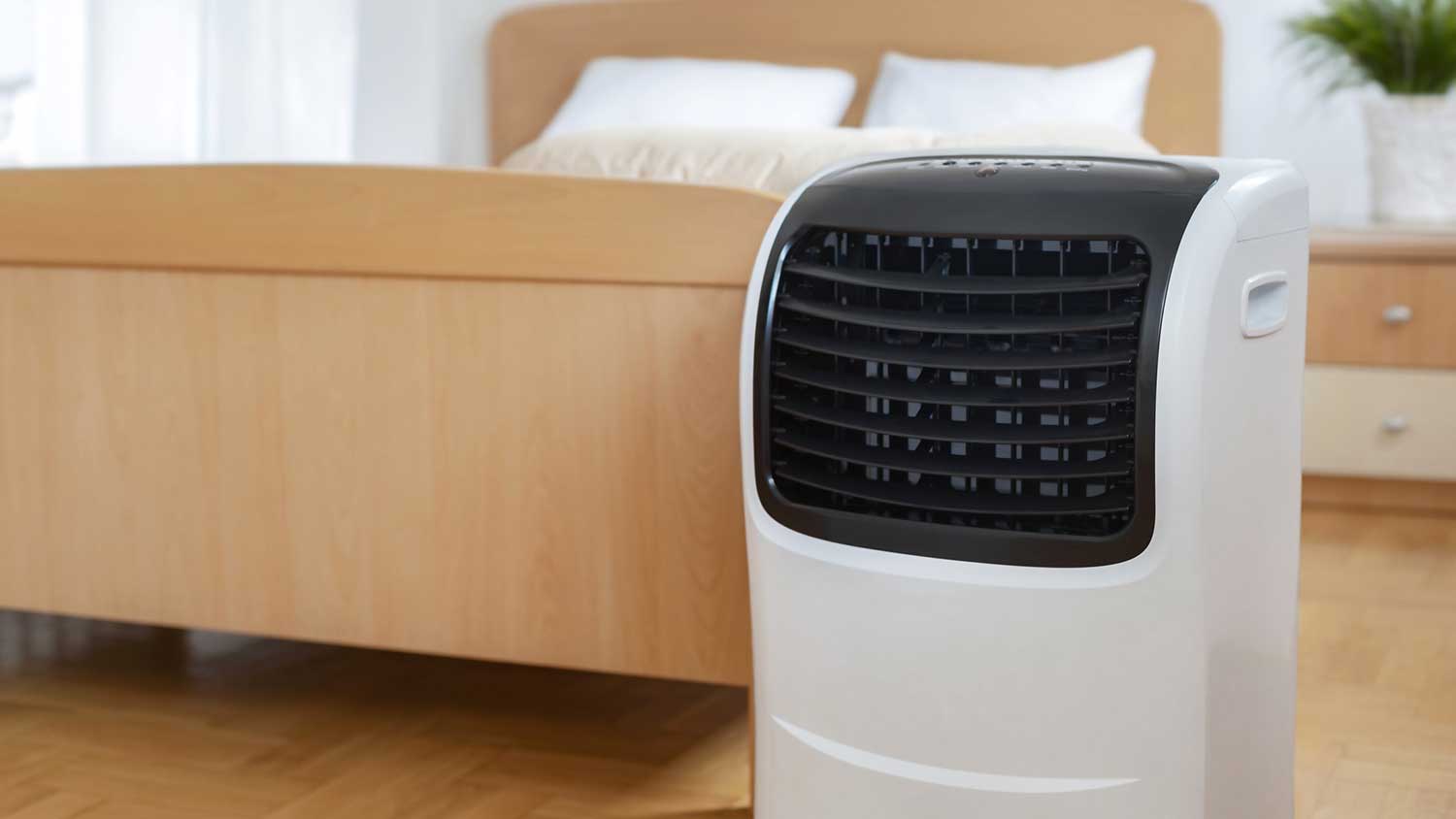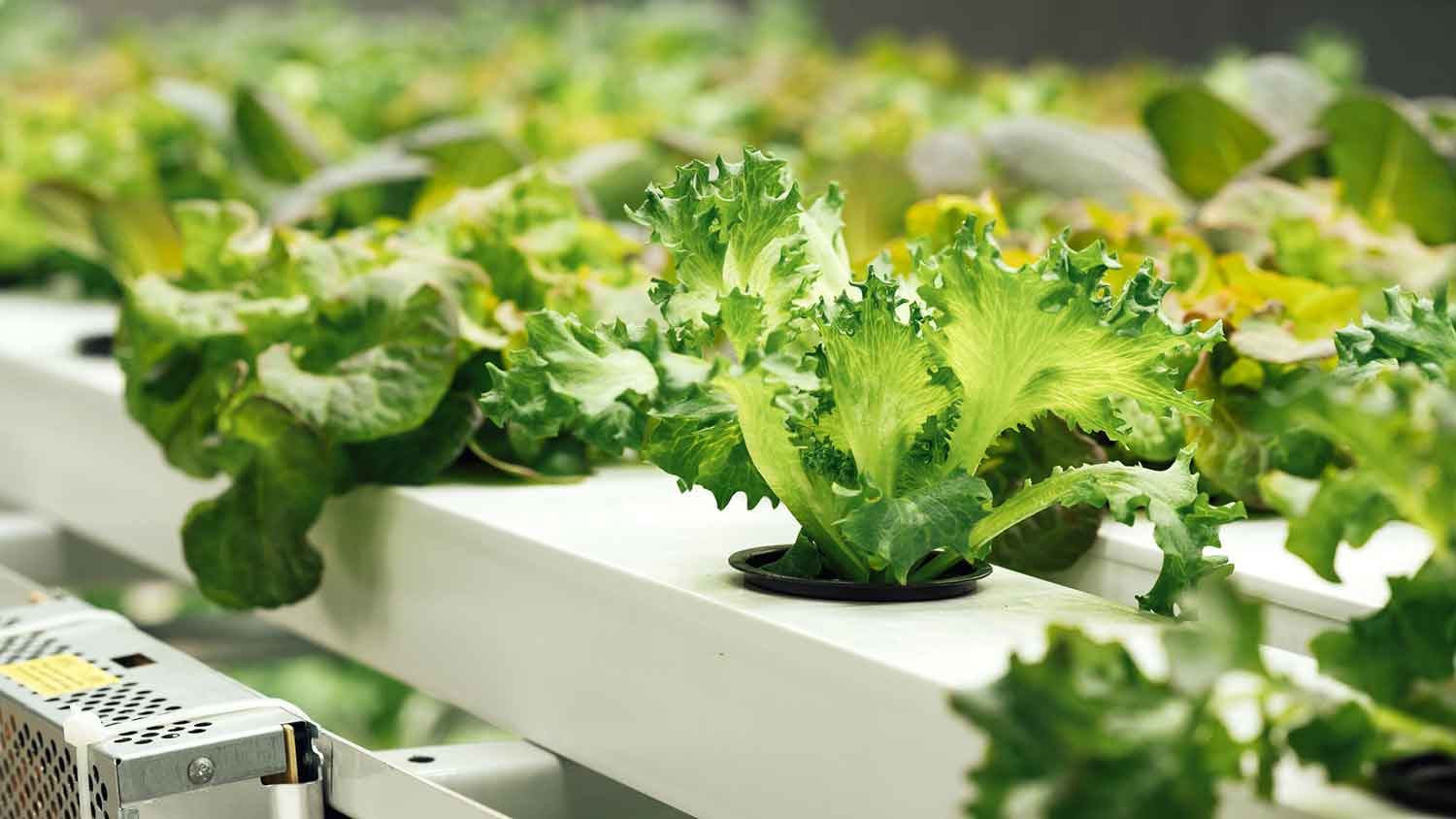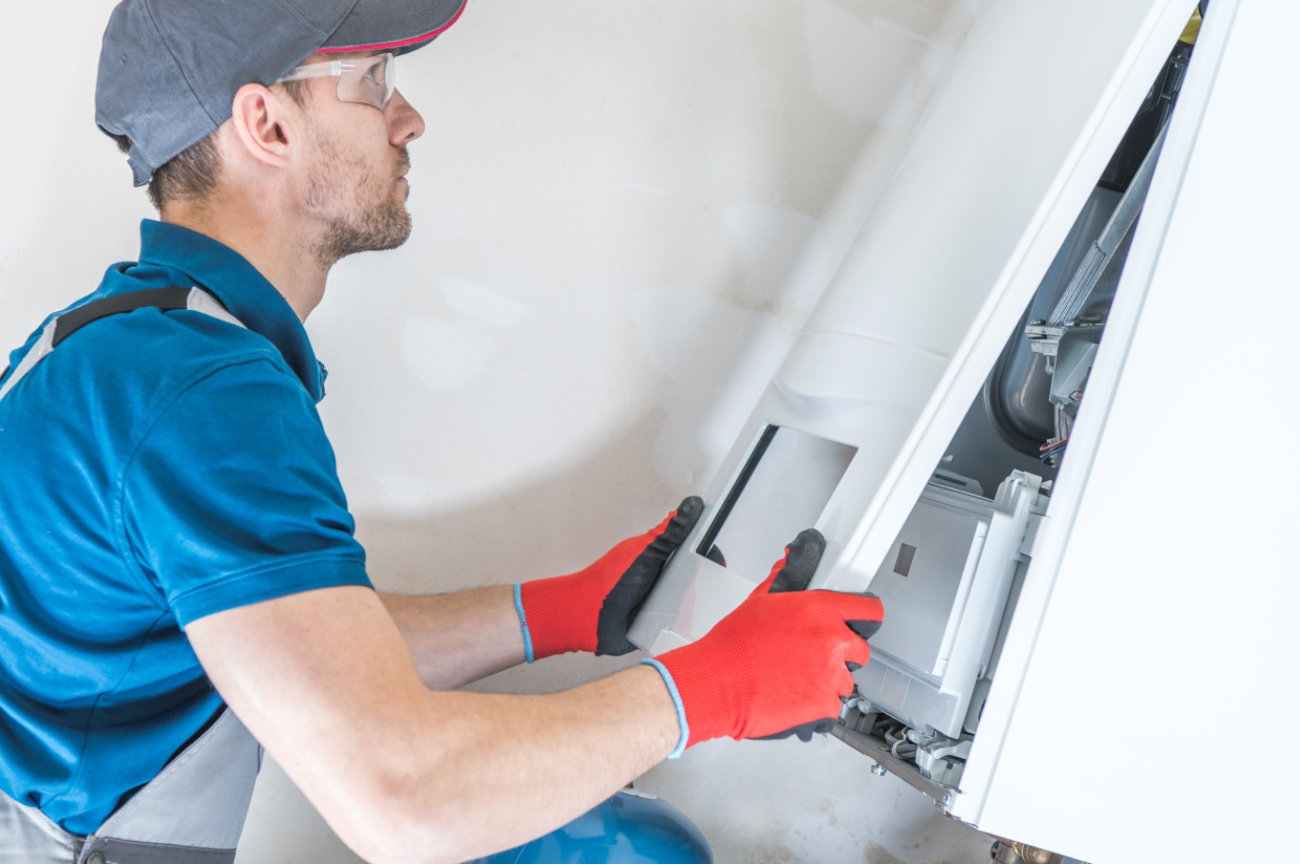
Whole-house humidifier costs vary based on the type and size of the unit, along with other factors. The price might be worth it for people living in dry regions.
To keep things humming, you might have to add H20 to your AC


Some portable air conditioners collect water and must be drained as often as every few hours or as little as once a month, based on humidity.
Some people have evaporative air conditioners, many of which require you to periodically add water to them to work.
Portable air conditioners are ideal to supplement existing AC or to cool a small room.
Want to keep your portable air conditioner working as efficiently as possible? Some models require you to add water, but others need to be drained periodically to cool your home. So, do you need to add or remove water from your portable air conditioner to keep things running? Here’s what you need to know about water in portable air conditioners.

A portable air conditioner is a type of air conditioner that stands alone and requires minimal setup to cool a room. If you can’t install a window AC unit, you can use a portable air conditioner, which is easy to move from room to room.
There are two main types of portable ACs: ventless and vented. While both types are portable, their maintenance needs are distinct. You need to add water to one model to keep it operational and remove water from the other to do the same.
Ventless portable air conditioners are often called swamp coolers or evaporative air conditioners. These systems use a fan and water reservoir to disperse cool water into a room to decrease the temperature. Ventless portable air conditioners are ideal for warm, dry climates and need additional water to operate.
Vented portable air conditioners have an exhaust hose that attaches to a window. These systems pull hot, humid air out of a room to cool the area. Because vented portable ACs remove moisture from the air, they’re better suited for hot, humid environments and require manual removal of water from their reservoir.

If you have a ventless portable air conditioner, add water to keep things cool. The water reservoir is at the bottom of a ventless portable air conditioner. Depending on the model or size, the reservoir could hold anywhere from a few pints to a gallon of water.
The frequency with which you have to add water to the reservoir varies based on the unit’s size, the exact model, and the room temperature. At least once a week (or every couple of days, if you run the system constantly), clean the water tank, wipe it out, and fill it with fresh water to avoid mold in the air conditioner.

If you have a vented portable air conditioner, you most likely need to drain the water periodically. Like a whole-home air conditioning system or a window AC unit, vented portable air conditioners pull moisture or water vapor from the air. This process decreases the heat and humidity in the space while releasing cooled, dehumidified air that brings the temperature down.
Ever notice a window AC unit dripping outside? That’s the collected moisture from the air inside escaping. With a vented portable AC unit, the water pools in the appliance, meaning you’ll have to drain the unit occasionally to avoid mold buildup and keep the unit running. If you notice your vented portable air conditioner turning itself off, it may be because the reservoir is full and the unit can’t pull any more water from the air to cool things down.
How often you need to empty water from your portable air conditioner depends on the unit’s size, how much you run it, and even how humid the room is. In an exceptionally hot, humid climate, your vented portable air conditioner might fill up once a day. But in drier climates, you may only need to empty the reservoir once a week or less.
Not all vented portable air conditioners require draining. Check the user manual to confirm if your model collects water or not.
If things are heating up with your vented or ventless portable air conditioner, try these troubleshooting tips:
If the AC is blowing cold air but the house is still hot, first try creating more shade in the space. Even an efficient air conditioner can’t keep it cool with the sun beating down in a room. Draw the curtains and keep the space shady.
If the AC is not working after a power outage, check to see if the outage tripped the breaker. Try resetting the GFCI electrical outlet button and rebooting the machine.
If your portable air conditioner is blowing hot air, try adding more water (to the ventless unit) or emptying water (from the vented unit).
Are things still steamy? When the above troubleshooting doesn’t work, it may be time to call in the professionals and find a local air conditioning repair company.
From average costs to expert advice, get all the answers you need to get your job done.

Whole-house humidifier costs vary based on the type and size of the unit, along with other factors. The price might be worth it for people living in dry regions.

A mini-split allows for zoned cooling, helpful for cooling spaces like garages. Learn the cost to install a mini-split unit in a garage with this guide.

When your HVAC system is acting up, it could be the blower motor to blame. See how much blower motor replacement costs and what impacts the price here.

Tackling unwanted odors from indoor plants can be tricky. Learn how to use a carbon filter in your duct fan to improve air quality.

Discover heat exchanger replacement costs to learn about price factors, labor, and ways to save before hiring a pro or starting your project.

Having dirty evaporator and condenser coils works your HVAC system harder than it needs to. Here’s how to clean your air conditioner coils like a pro.